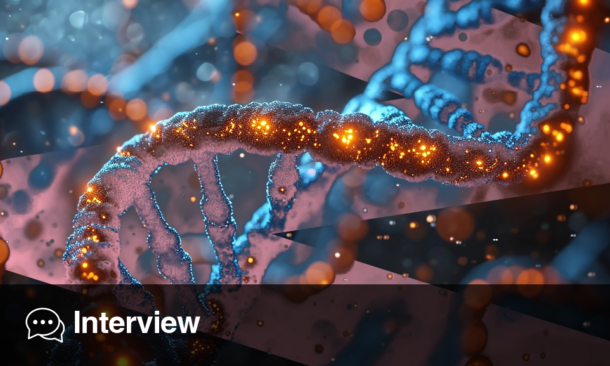CIRCADIAN rhythms, governed by the central pacemaker in the suprachiasmatic nuclei (SCN), regulate a vast array of physiological processes across organ systems. Increasing evidence highlights a bidirectional relationship between circadian disruption and hepatic pathophysiology, suggesting liver disease is both a consequence and a driver of circadian misalignment.
The liver, like other peripheral organs, harbours an intrinsic molecular clock that interacts with the SCN to synchronise metabolic and endocrine functions. Perturbations to this synchrony, via high-fat diets (HFD), genetic mutations, or hepatic injury, result in dysregulated metabolic rhythms. In preclinical models, HFD induces phase shifts in feeding behaviour and disrupts hepatic clock gene expression. These effects exhibit sex- and strain-dependent variability, underscoring the complexity of circadian-metabolic interactions.
Liver dysfunction, particularly fibrosis and cirrhosis, appears to exert feedback effects on systemic circadian organisation. Choline-deficient diets that induce hepatic fibrosis lead to altered rhythmic gene expression not only in the liver but also in extrahepatic tissues, such as the kidney. In clinical populations, cirrhosis is associated with delayed sleep phase, increased sleep fragmentation, and excessive daytime somnolence – phenotypes that extend beyond hepatic encephalopathy and point toward circadian dysregulation.
Blunted or phase-delayed rhythms of melatonin and cortisol in cirrhotic patients further support central clock impairment. Compromised hepatic metabolism of pharmacological agents complicates the use of hypnotics, raising safety concerns in sleep management. Anecdotal evidence suggests circadian function may be partially restored post-liver transplantation, reinforcing the causal role of liver pathology in circadian misalignment.
This evolving evidence base supports a model in which circadian disruption contributes to the pathogenesis of metabolic-associated steatotic liver disease (MASLD), while progressive liver disease reciprocally alters circadian dynamics. Interventions such as chrononutrition, timed feeding, and circadian-targeted therapeutics represent emerging strategies to modulate this liver–brain–clock axis. As the mechanistic links between hepatic and circadian biology become clearer, integrated approaches may offer novel avenues for managing metabolic and sleep-related complications in liver disease.
Reference
Gachon F et al. Potential bidirectional communication between the liver and the central circadian clock in MASLD. NPJ Metab Health Dis. 2025;3:15.








